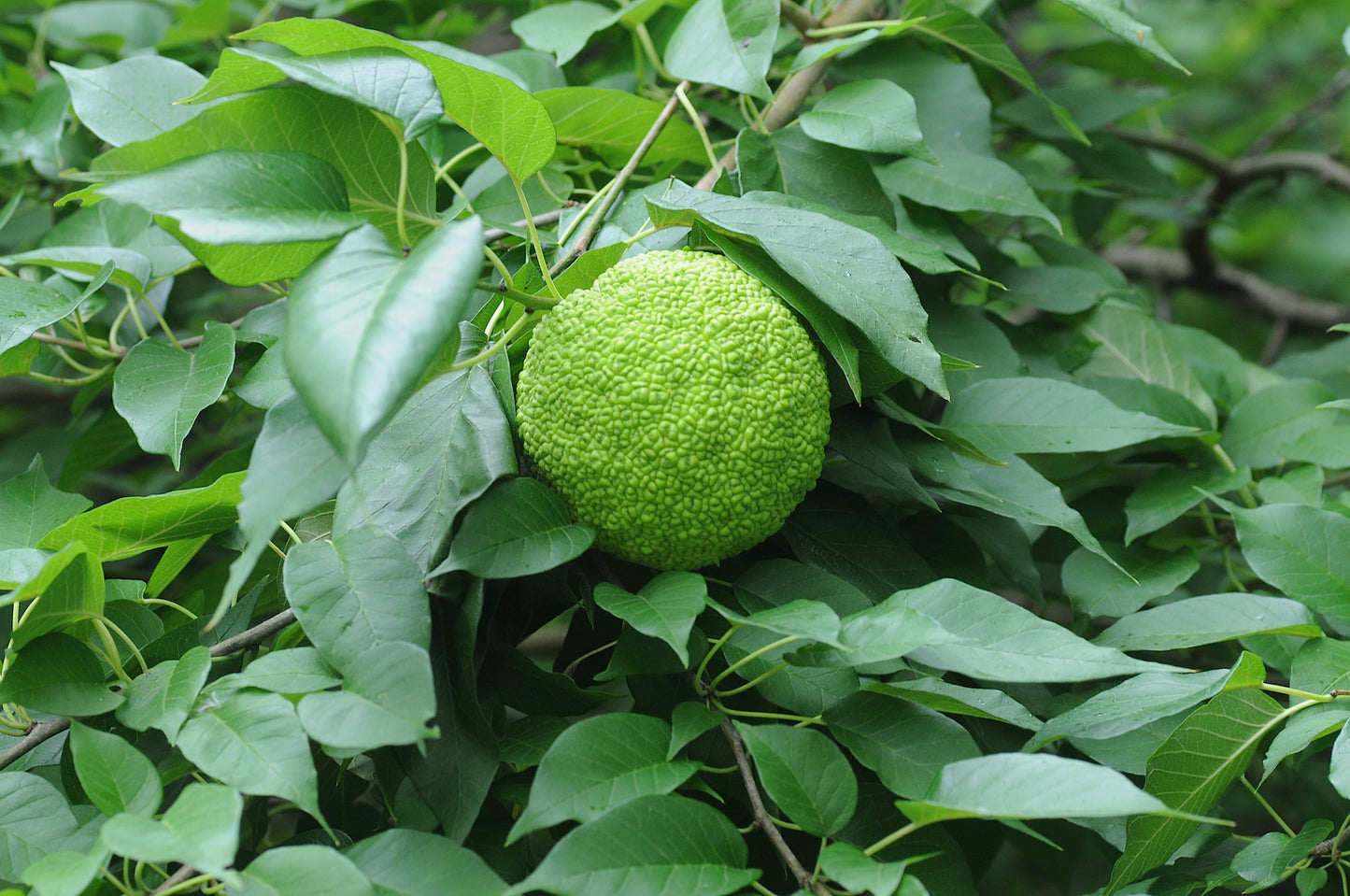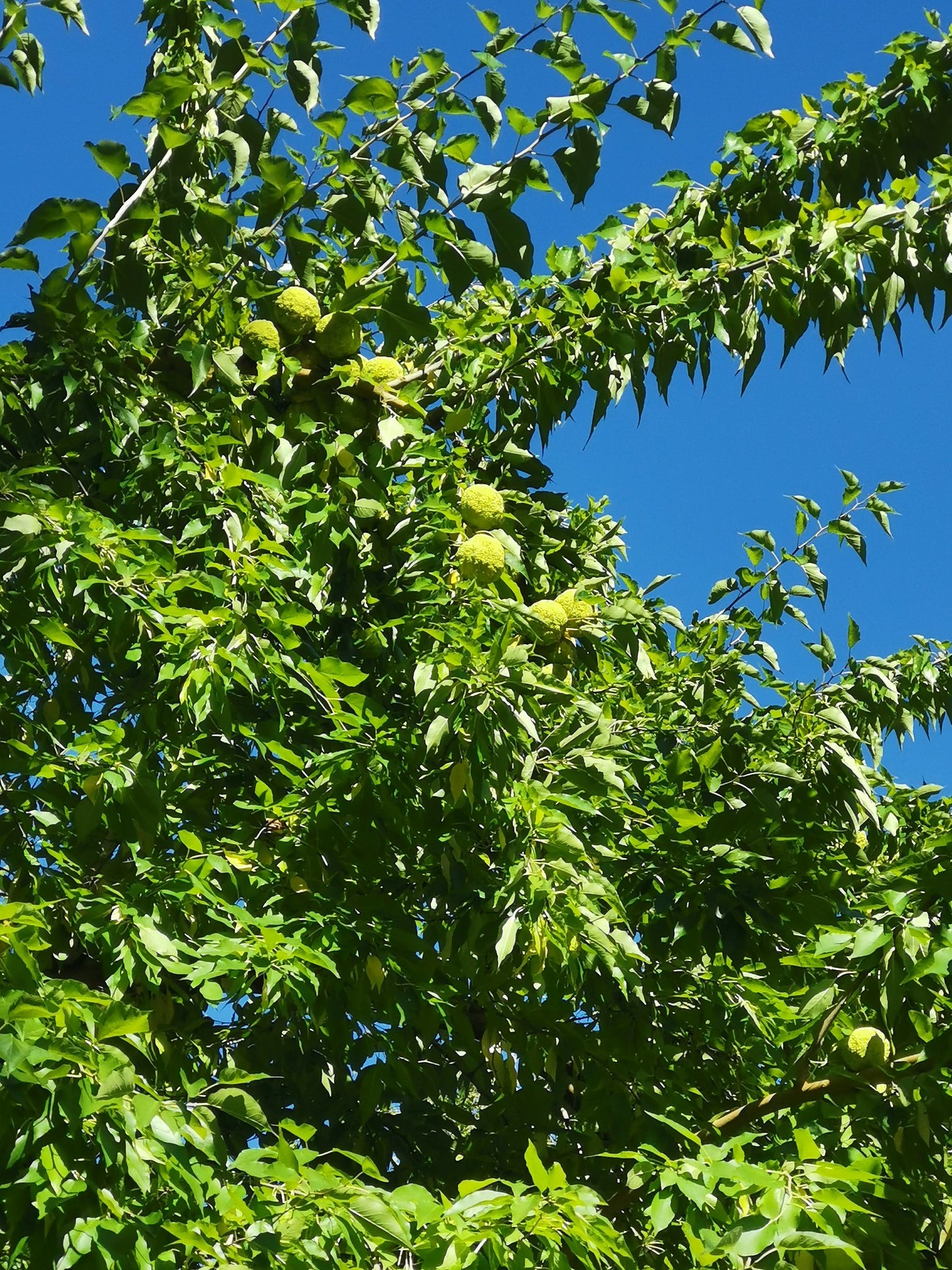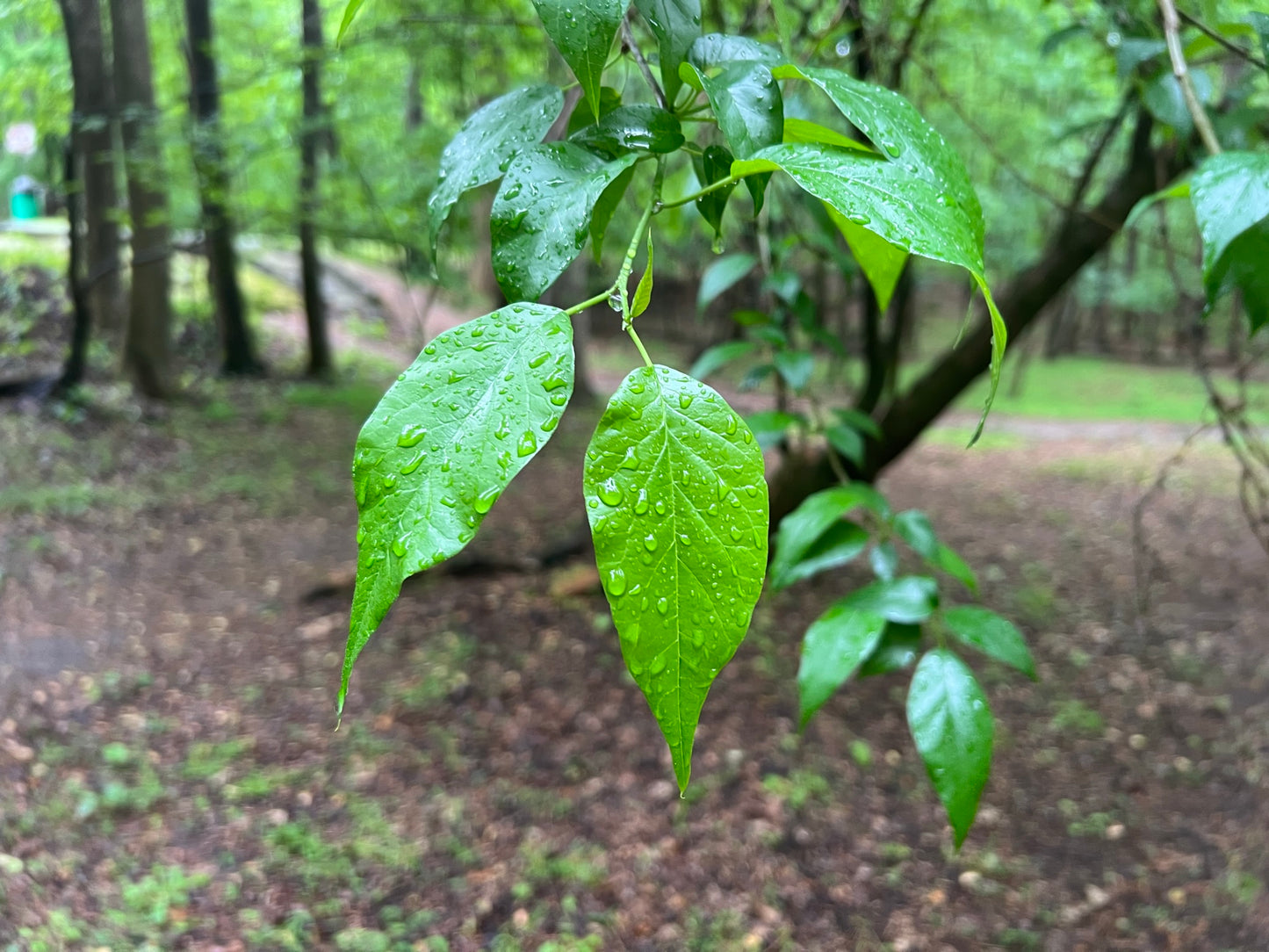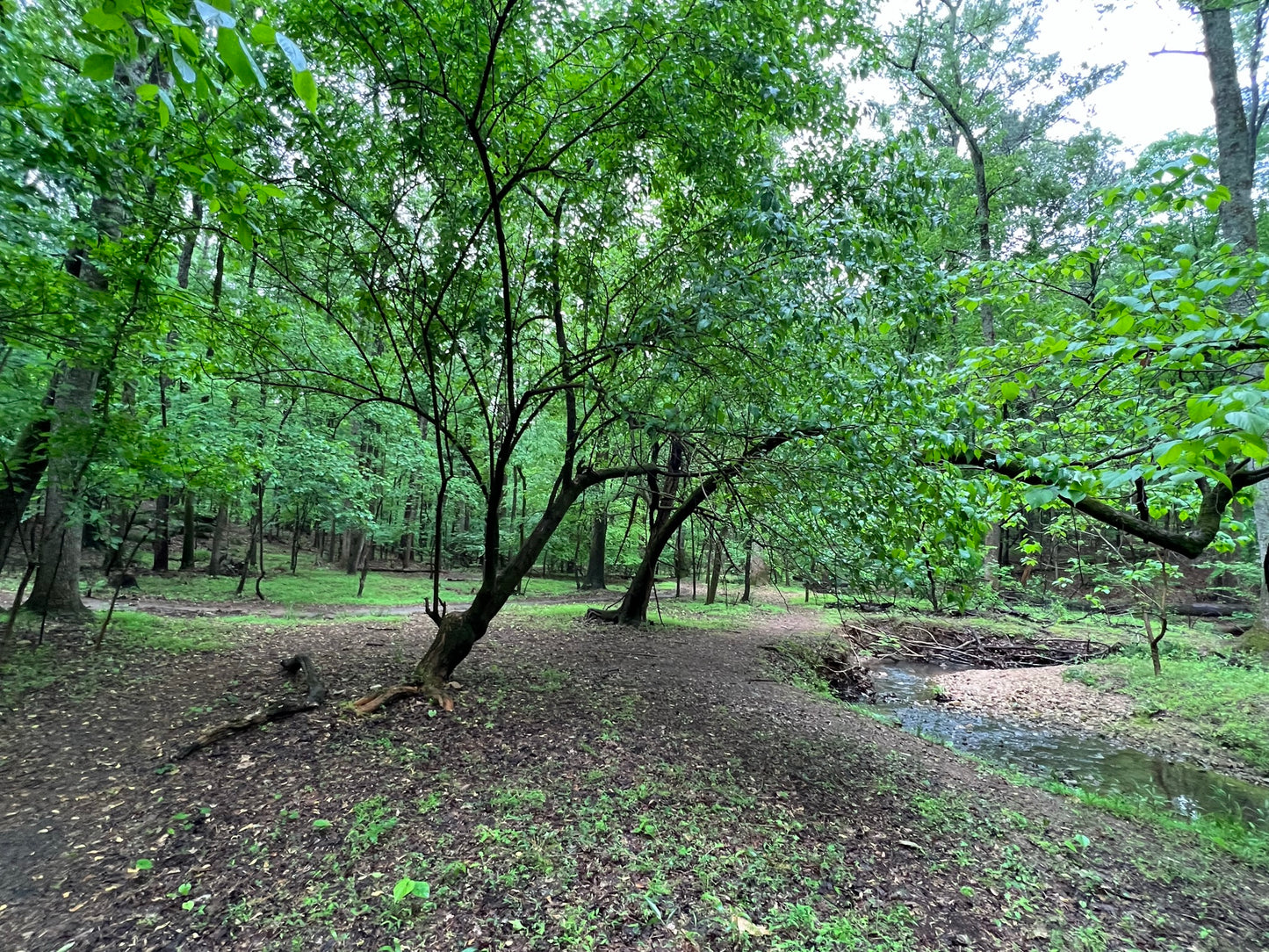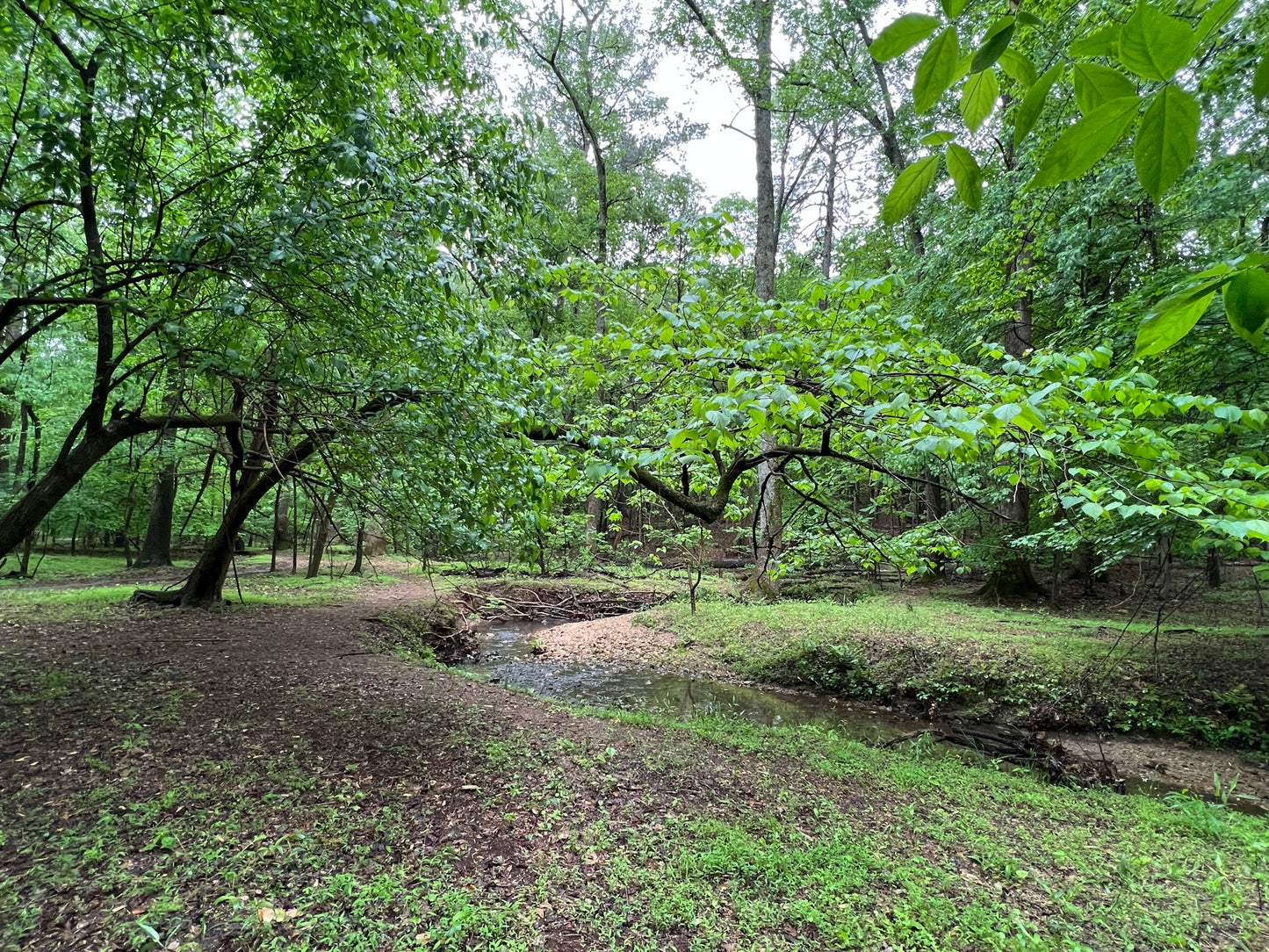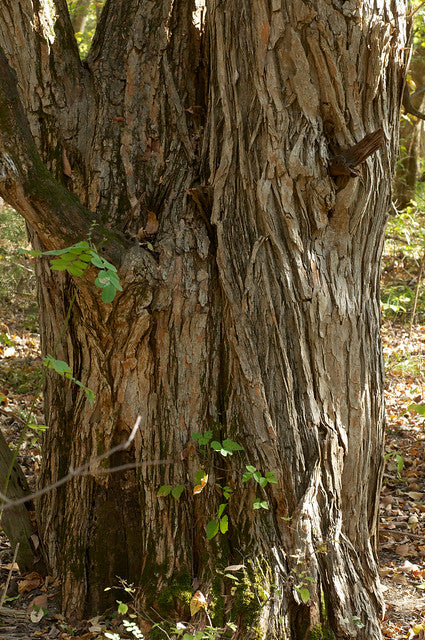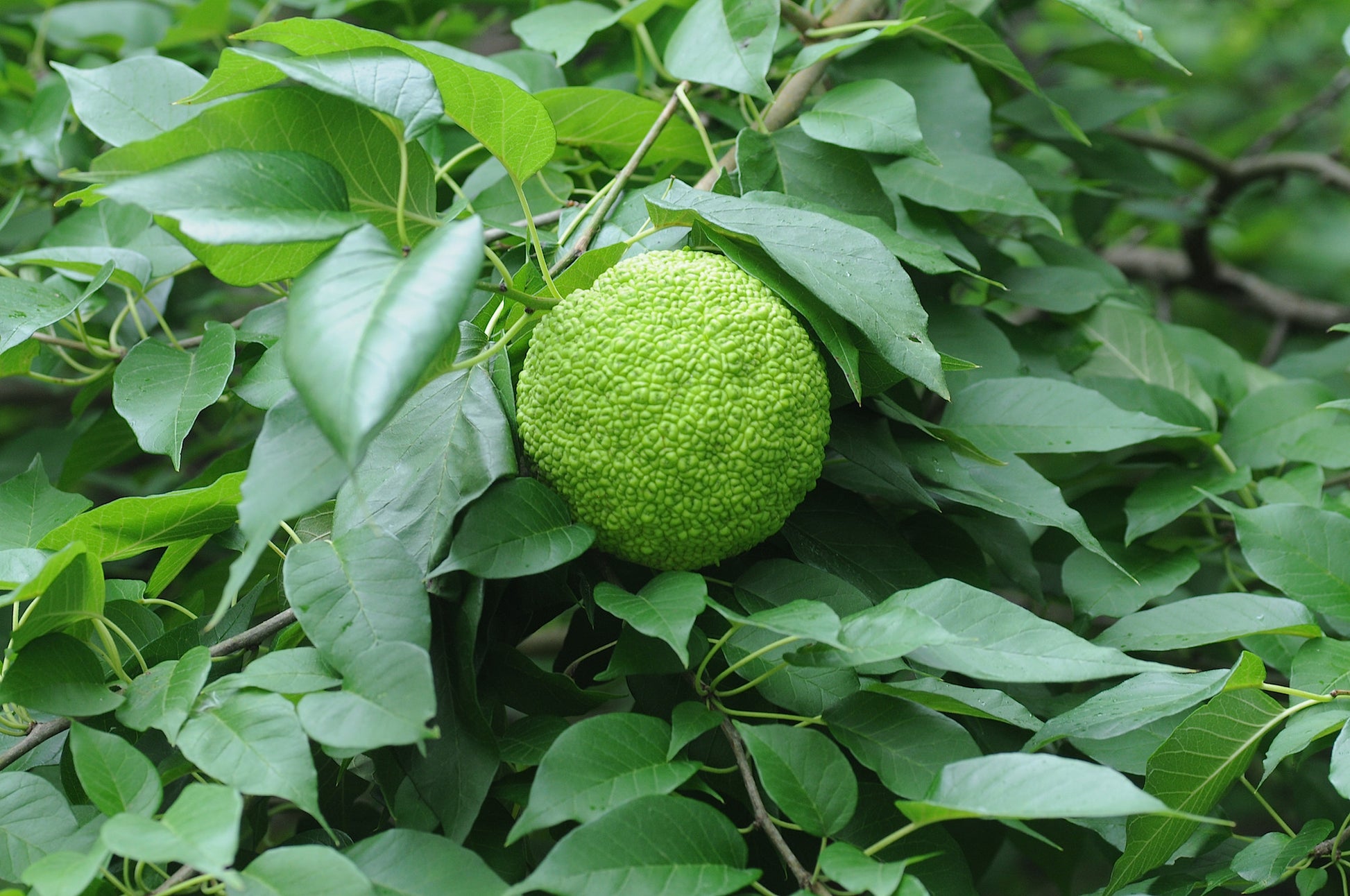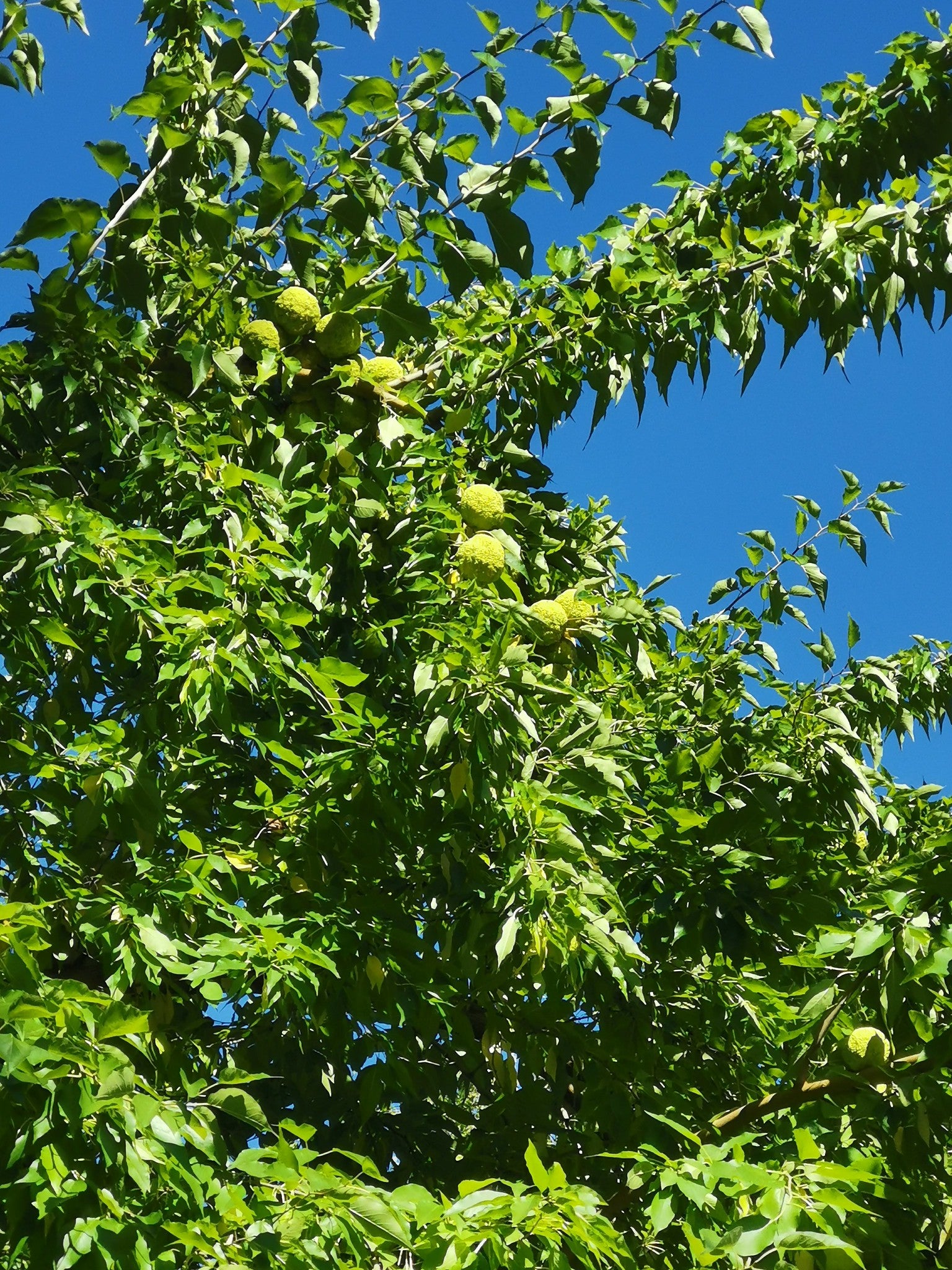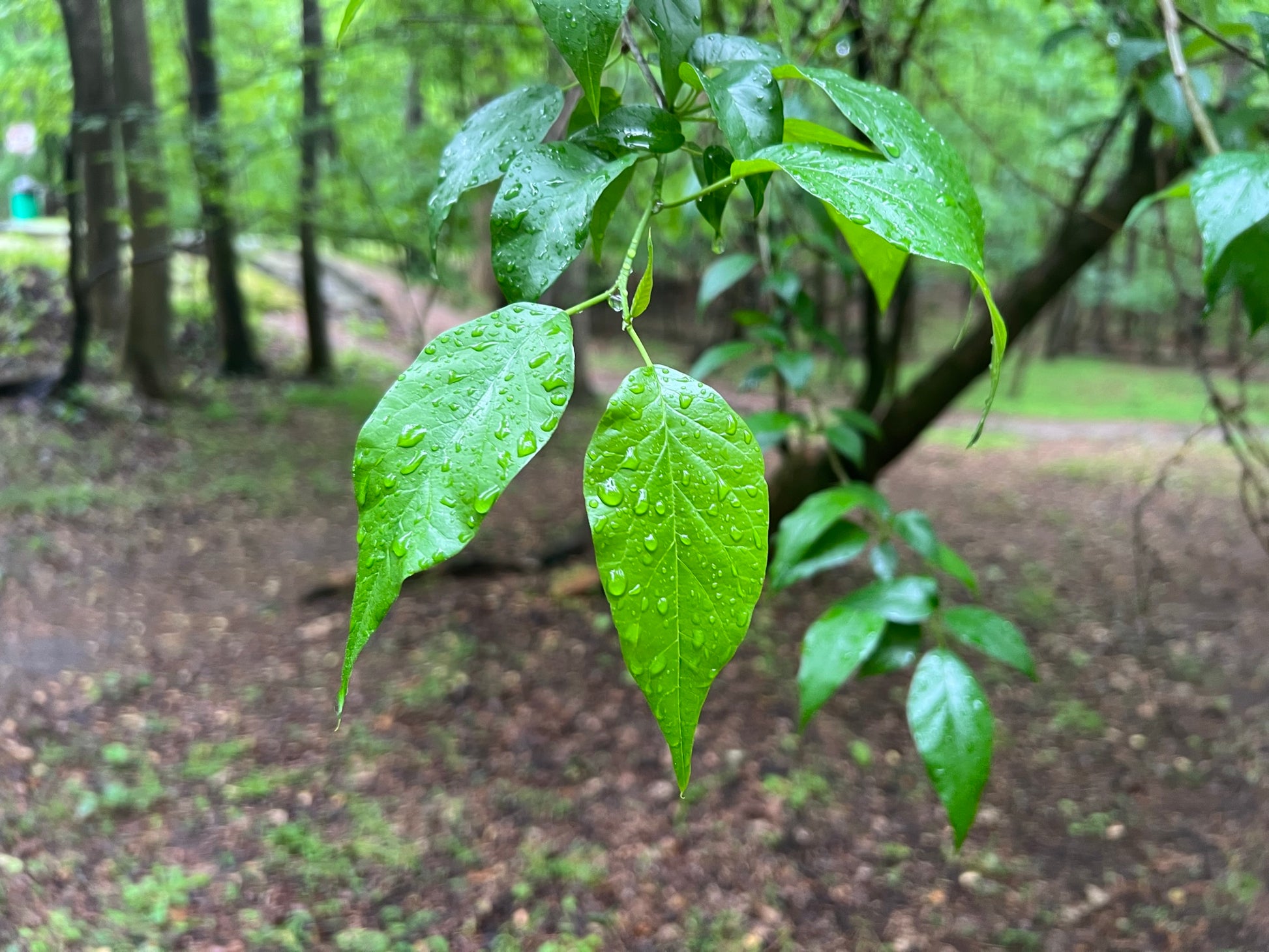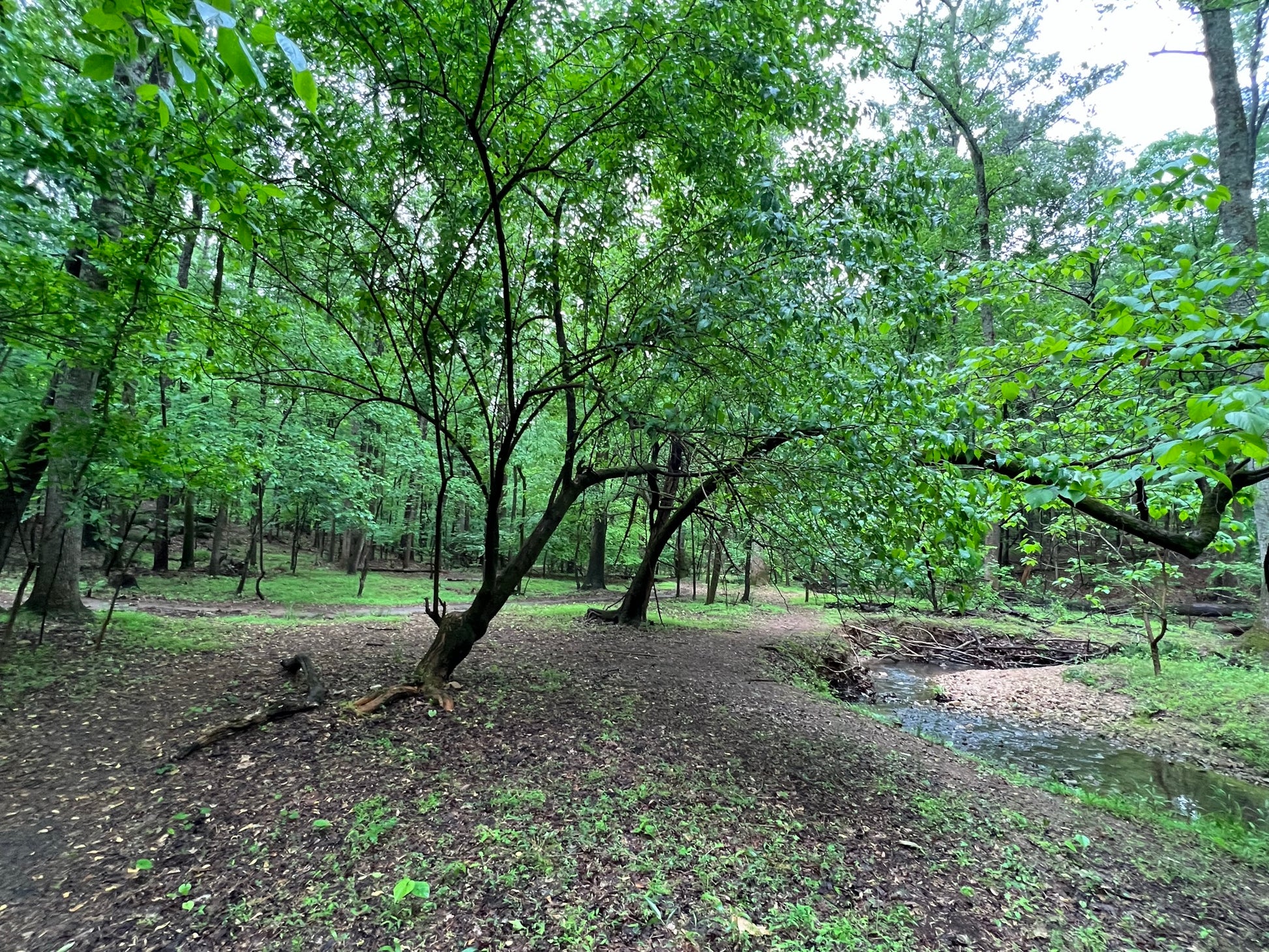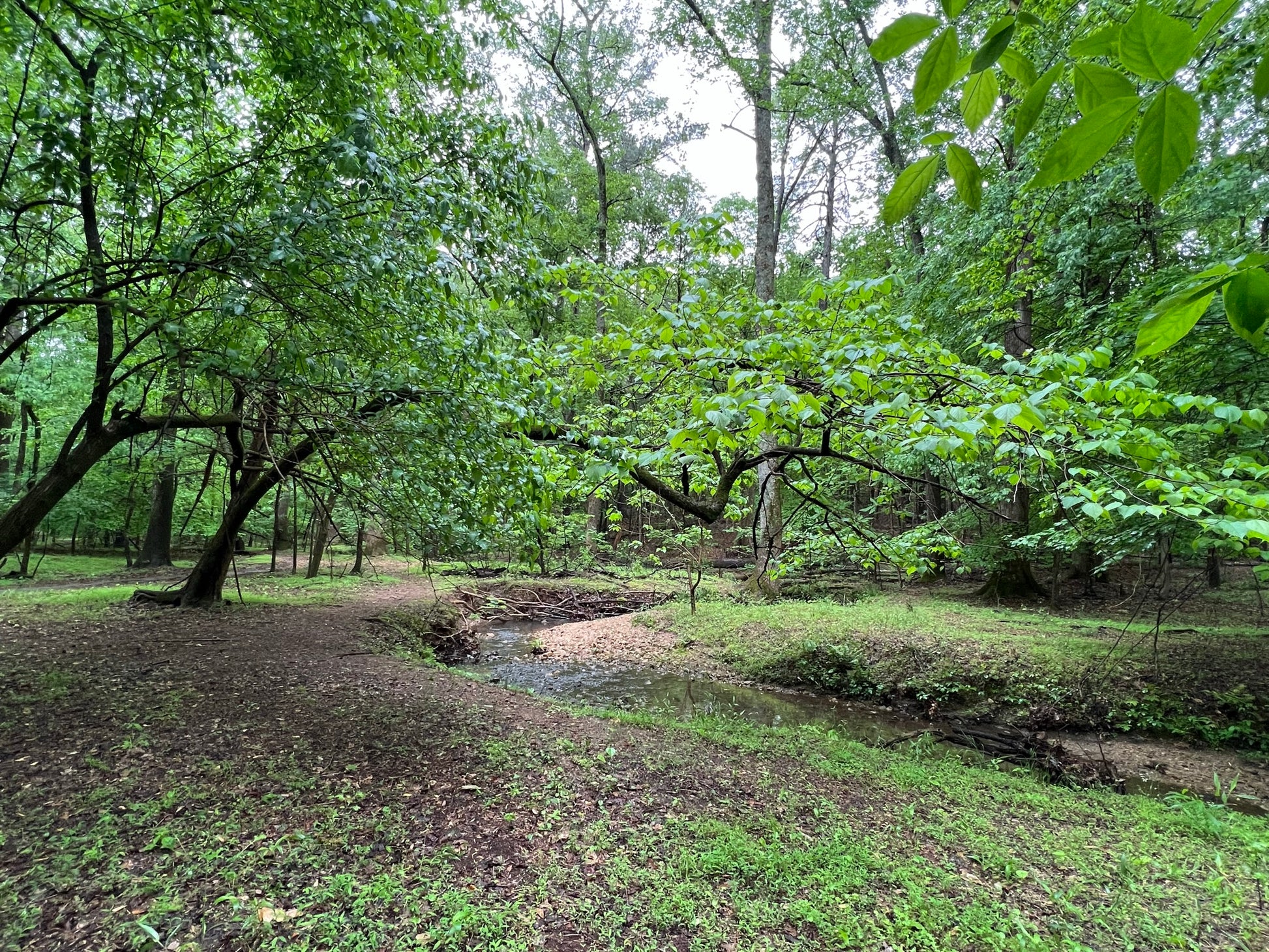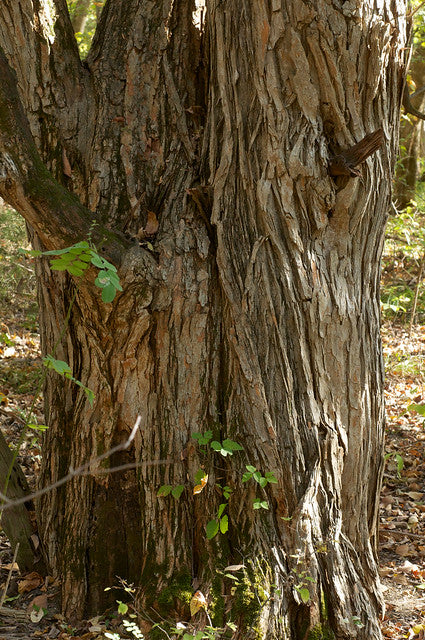Floridaseeds
Osage Orange Bois D’Arc Maclura pomifera 100 Seeds USA Company
Osage Orange Bois D’Arc Maclura pomifera 100 Seeds USA Company
Couldn't load pickup availability
Maclura pomifera, commonly known as Osage orange, hedge apple, or bodark, is a species of deciduous tree native to the central United States. Here are some key points about Maclura pomifera:
Description: Maclura pomifera is a medium-sized tree that can grow up to 15 to 20 meters tall. It has a rounded or irregular crown and thorny branches. The leaves are glossy, dark green, and arranged alternately on the branches. The fruit, often referred to as a "hedge apple" or "Osage orange," is a large, wrinkled, greenish-yellow sphere that resembles a brain or an orange.
Habitat: This tree is typically found in prairies, bottomlands, and along stream banks in the central United States, particularly in states like Oklahoma, Texas, Arkansas, and Missouri.
Historical Uses: Native American tribes, such as the Osage, Comanche, and Kiowa, historically used Maclura pomifera wood for making bows, hence its alternative name "Osage orange." The wood is strong, flexible, and durable, making it suitable for bow-making.
Cultural Significance: Maclura pomifera has cultural significance in the regions where it grows. Its wood was highly valued by Native American tribes for crafting tools and weapons, and the fruit is sometimes used for decorative purposes or as a natural insect repellent.
Invasive Potential: While Maclura pomifera is native to the central United States, it has been introduced to other regions for ornamental purposes. In some areas outside its native range, it has the potential to become invasive and outcompete native vegetation.
Toxicity: The fruit of Maclura pomifera is not typically consumed by humans due to its bitter taste and potential toxicity. While there are anecdotal claims of its use as an insect repellent or natural pesticide, scientific evidence supporting its effectiveness is limited.
Ornamental Use: Despite its limited edible or practical uses, Maclura pomifera is sometimes planted as an ornamental tree in landscapes and gardens for its unique appearance and historical significance. Hardy in zones 4-9.
Growing Instructions
The seeds have a period of dormancy. They can be planted outdoors in the fall or winter for spring germination or they can be cold stratified to simulate winter conditions and to break their dormancy at any time of the year.
- Soak the seeds in water for 24 hours.
- Put the mixture in a ziplock bag.
- Put the bag in the refrigerator and leave it there for 30 days.
- The seeds like moist, well-drained soil. Prepare a mixture of half potting soil and half sand, perlite or vermiculite. Put the soil in a pot.
- Sow the seeds on the soil.
- Cover the seeds with a layer of soil.
- Water the soil so that it is moist but not wet.
- When the seedlings are a few inches tall, they can be transplanted.
Materials
Materials
Shipping & Returns
Shipping & Returns
Dimensions
Dimensions
Care Instructions
Care Instructions
Share
